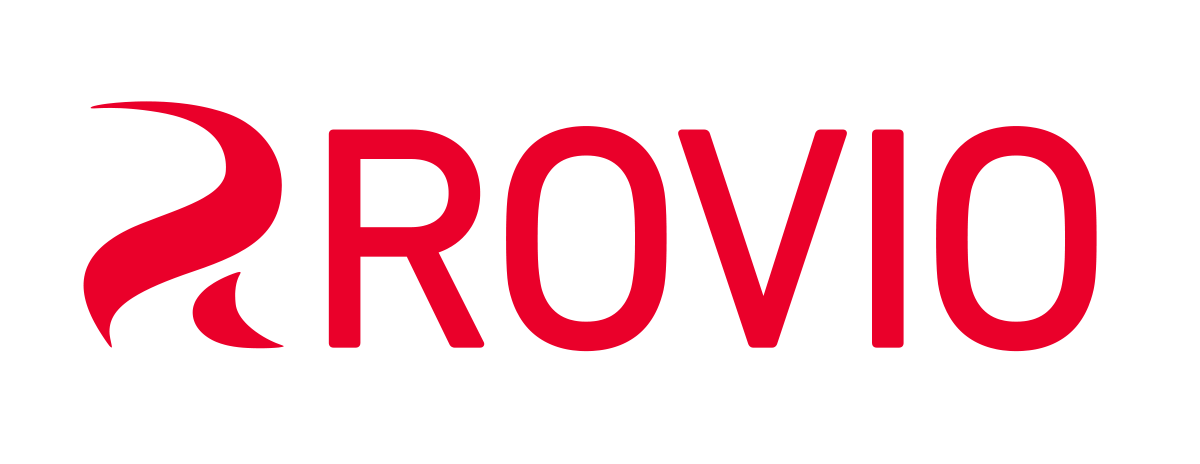SKAdNetwork Attribution
Get back to granular and accurate cohorted insights without compromising on user privacy. Measure, combine, and enrich SKAN performance signals and fill those data gaps.
Teams that leveled up with Singular’s next-gen attribution
Ready to futureproof your growth?
Solutions for today’s iOS challenges
Get more from your KPIs with Smart Conversion Management
Track your user engagements and revenue for effective optimization with Singular’s 7 unique conversion models. Singular’s recommendations for the optimal revenue model and support for migrating to the latest SKAN versions means you’re always equipped to make data-driven decisions for peak performance.
Level up your iOS performance with out-of-the-box SKAN Reports
Effortlessly combine SKAN conversion data with ad network costs for comprehensive KPI analysis. Singular’s iOS reports require minimal setup and offer actionable insights with advanced revenue modeling to deliver immediate value and bring clarity to your performance straight out of the box.
Fill in your reporting blanks with data science
Gain superior iOS insights with confidence intervals and 35-day revenue cohorts, all in an easy-to-use package that tackles your biggest SKAN data challenges head-on. Singular’s science-driven Advanced Analytics, designed to be simple and highly accurate, boasts up to 90% revenue accuracy.
Access accurately deduped iOS metrics
Singular’s Unified iOS report, unifies SKAN, organic, and MMP data in one deduplicated view. This best-in-class tool grants you a true picture of your paid, owned, and organic performance and unlocks 35d cohorts. Gain a precise understanding of essential metrics like eCPI and ROI, enabling smarter, more effective marketing strategies and optimization decisions.
Empower your partners
Enable your ad partners to deliver the best traffic possible by sending predictive D7 LTV for instant campaign optimization. Real-time feedback loops improve SKAN performance signals and server-to-server modes capture offline revenue for accurate pLTV.
SKAN data delivered where you need it
Automatically transfer all your SKAN aggregate and user-level data to your data warehouse, storage, or reporting tool, without a single line of code. Singular’s ETL supports all leading databases including visualization tools like Tableau and Looker, and file-based storage tools like S3 and SFTP.
SKAdNetwork Attribution FAQ
Unlike previous SKAN versions which sent only one postback with a conversion value, SKAdNetwork 4.0 sends up to three postbacks per install (depending on the crowd anonymity thresholds), giving you a view into user activity up to 35 days after the install.
However, only the first postback, which measures user activity up to 2 days after the install, includes a fine conversion value (a number between 0-63) as we know it from SKAN 3.0. The other postbacks are always one of 3 possible coarse values: low medium or high.
Additionally, instead of a campaign ID, SKAdNetwork now supports a 4-digit Source ID that can be used to encode both a campaign ID and additional information. This dimension replaces in SKAN 4 the SKAN campaign ID which was used in older versions of SKAN.
Depending on the level of anonymity (as determined by Apple’s privacy thresholds), the Source ID included in a postback may include only the first 2 or 3 digits.
Singular has made it easy to migrate to the latest SKAN models. When moving an older model to SKAN 4.0, you have the option to select “I’m running both SKAN 3 and SKAN 4 campaigns” under SKAN Compatibility Model. This option tweaks your existing model to work across both SKAN 3 and SKAN 4, allowing you to test the new set up with partners that are ready and maintain campaigns with those partners still on SKAN 3.
For each app that you are marketing, you can choose one of the following conversion model types:
Model Type:
Revenue Models:
Lets you optimize your campaigns based on revenue gained during the measurement period following the install/reinstall. A revenue model can measure three types of revenue, depending on how you set it up: in-app purchase revenue, ad revenue, or both (all revenue). See also: SKAN Optimized Models FAQ
Conversion Events Models:
Lets you optimize campaigns based on specific post-install user activity. The model encodes user events into the conversion value if they occur at least once during the measurement period.
Engagement Models:
Lets you optimize your campaigns by how much the users engaged with the app during the measurement period. The model encodes into the conversion value how many times various events occurred during the measurement period.
Mixed Models:
Mixed models allow you to get both revenue information and one other type of information about the same SKAdNetwork campaign.
For SKAdNetwork campaigns with partial data (due to censored conversion values), Singular can show modeled (extrapolated) metrics for the entire campaign.
Modeled metrics are derived from the installs for which we do have data.
For example:
-A SKAN campaign has 50 installs, out of which 25 came with a conversion value (the Conversion Value Ratio is 50%).
-Based on the existing conversion values, the SKAN revenue is $30.
-The modeled revenue for the campaign, based on the assumption that the installs with censored conversion values behave like the installs with available conversion values, is $60.
SKAdNetwork revenue models are only as effective as the revenue buckets defined for them (see How does a revenue model work?).
Optimized models solve the dilemma of how to define the revenue buckets (how many buckets, how big/small, etc.) by generating the best revenue buckets for your app automatically.
Optimized models are calculated based on real user-level revenue event data for the specific app (as measured by the Singular tracker).
Singular has developed estimation and statistical algorithms that improve the SKAdNetwork dataset by leveraging additional datasets we are collecting as the MMP. We use ad spend, IDFA, and in-app event data to estimate cohort metrics, for example d7 and d30 revenue.
The estimation benefits from the existing SKAdNetwork conversion model used by your app — better models creating more accurate data sets will yield better accuracy in estimating cohort metrics.
Against each metric, Singular will provide the confidence interval to help marketers evaluate the accuracy and in order to make informed decisions around campaign optimization.
Here’s an example:
-Let’s take a marketer who is using a measurement period of 24 hours for their conversion model.
-At the end of the first 24-hour window, which starts when SKAdNetwork is first called, every iOS device will get an additional random timer, and after which Singular will collect all captured conversion values, encoded via SKAdNetwork and sent to Singular by the ad networks.
-Singular will then decode the conversion values back to the original metric, for example Revenue, which at this stage is not cohorted.
-Now, comes the data science – Singular will then take the original Revenue metric and using technology will estimate the d7 Revenue. Each value will be provided with a confidence interval to allow the marketer to get a sense of accuracy.
-For example, when $100 is estimated with a confidence interval of $10, this means we estimated the d7 Revenue at $100 with 90% accuracy!
Ready to futureproof your growth?









